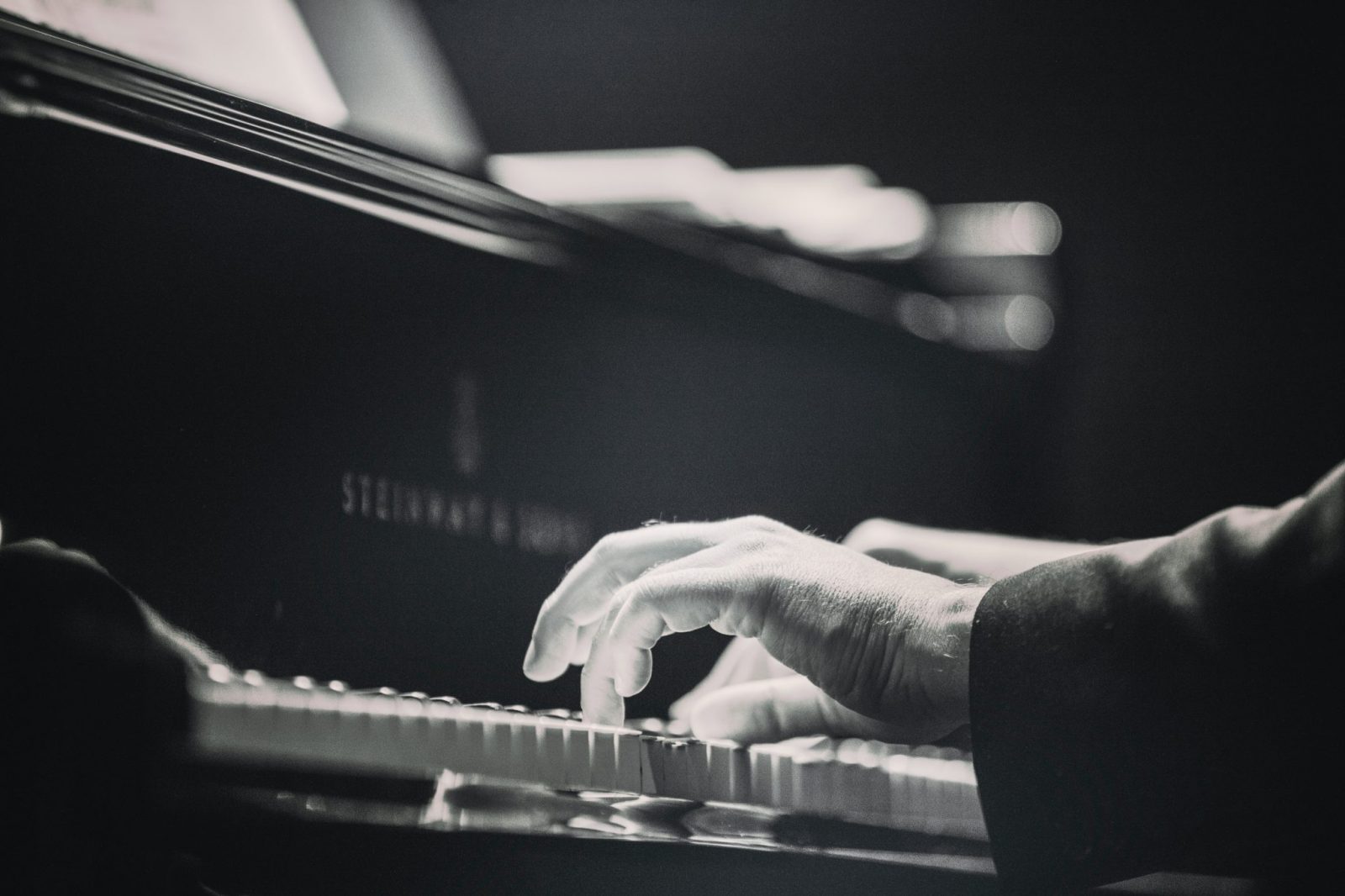Sometimes, when learning the piano, you’d rather start with YouTube piano tutorials than actual lessons. And that’s perfectly okay! Many pianists have proven how effective it can be to learn the basics of piano at home. Technology makes it possible, and so do the following tips and tricks.
Teaching Yourself the Piano at Home
Keep in mind that regular practice is key to learning any instrument. In fact, you won’t get anywhere in your craft without doing so. If you’re determined and passionate about learning the piano, where you start learning shouldn’t matter. Here’s how you can make headway on your journey at home:
1. Get a keyboard or a piano.
While nothing beats owning your own keyboard or piano, that doesn’t mean you should wait to learn until you have either to your name. You can borrow a keyboard from a friend or visit your parents’ or grandparents’ house to practice playing the upright piano there. Nothing can stop a determined student.
Of course, if you have the budget to purchase a piano for yourself, that would make things so much easier. Research the various types available and look for great deals online. Some music stores also rent out keyboards, in case you’re looking to get started while saving up to purchase your own.
If music runs in the family, don’t hesitate to reach out to relatives who may be willing to help. They might own an unused keyboard or piano they are willing to sell at a huge discount or know someone selling theirs.
In case an upright piano is hard to come by, be content to stick to the keyboard for the time being. Not only are they more affordable, but they also come with a wider range of features and never go out of tune. In particular, a learning keyboard is ideal for a beginner, as it comes with add-ons designed for entry-level players.
2. Familiarize yourself with your instrument.
Whether it’s a generic keyboard or a grand piano, get familiar with it first. Here’s how to go about doing that:
- Get a feel of your new instrument; listen to it. You may want someone to tune it for you first. Tuning doesn’t apply to a keyboard.
- Get familiar with the keys and their names. Read the manual or book that came with your piano or keyboard. If your purchase didn’t come with reading material, either buy one or watch video tutorials to learn about the keys.
- Have an understanding of proper hand posture. Note the sounds created by each hand posture and how different they are from each other. Practice some more until you can easily tell them apart. These are habits every beginner should develop at the onset.
3. Make sure your hands and arms are positioned properly.
One of the first steps to learning the piano is knowing proper arm and hand positioning. At home, you need to be able to teach yourself the C-position, the natural cupped-shaped formed by the arms and hands as they hang on your sides. This allows you to go over the different notes from the treble and bass clefs and play simple chords using your left hand.
Keep the C-position when hovering your arms and hands over the keys. Though, you want to maintain straighter forearms and wrists this time around.
Use the five-finger pattern to play many different keys. Don’t overlook the black keys; they need your attention too. You can learn the keyboard’s geography first without the aid of notes. Eventually, learn them with “landmark notes,” which make it easier for you to find your way early on.
Proper hand and finger positioning serve as the foundation for the next phases of piano learning. It also prevents repetitive stress and reduces the risk of injury. That said, don’t go overboard once you get the hang of this process, as your body still has limits.
4. Get to know the notes.
The notes will be your constant companions as you move up the piano ladder. Take this new language to heart so that you can practice it with ease. You may have to memorize them at first, but constant practice should make knowing where they are second nature.
Start with the basic Do-Re-Mi tunes and learn how each note is represented in the piano. Familiarize yourself with each note’s pitch while also learning how to press their respective key in a way that’s comfortable.
Learning the Piano at Home Is Easier Than Ever
If you already own a piano or keyboard, you should find learning the piano at home easier than ever. From YouTube tutorials and music forums to credible online articles and music shop websites, there’s no shortage of learning resources that can aid in your journey.
And even if you think there’s nothing better than learning from an actual master, classes taught by piano virtuosos should be more accessible to beginners these days.







